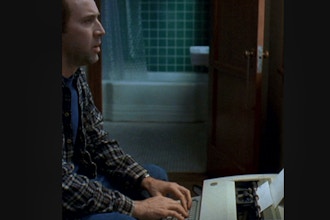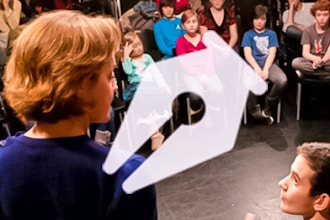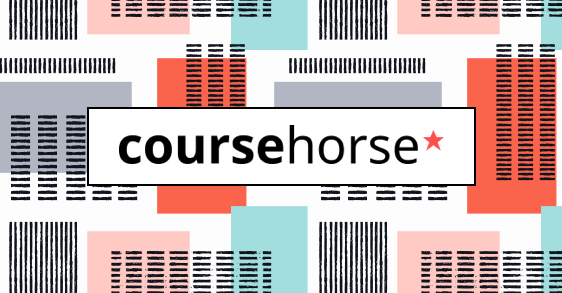Movies are the modern mythology—the stories we all watch for excitement, inspiration, and entertainment. So many genres and types...drama, comedy, action/adventure, science fiction, fantasy, thriller, horror, crime, noir, epic, western, war, romantic comedy, musical. Larger than life blockbusters or down-to-earth depictions of reality. Tales told with emotional verve and visual imagery we never forget.
A movie isn’t great unless it starts with a great blueprint—the screenplay. Here you will learn about the craft of dramatic writing, how to write for the screen, and how to market your work.
Whether you seek to write shorts or features, Hollywood glamour or indie grit, we’ll show you how to write screenplays that light up the screen.
This course gives you a firm grounding in the basics of screenwriting craft and gets you writing a screenplay.
Course components:
- Lectures
- Writing exercises
- Workshopping of student projects (each student presenting work two times)
Screenwriting I is for beginners or anyone who wants to brush up on the fundamentals. Students must be 18 years or older.
Course Syllabus:
Introduction to Screenwriting:
The visual nature of movies. Screenplays as blueprints. Where to find ideas. Forming a premise. High and low concept. Hollywood vs. Indie. Genre. The usefulness of outlines.
Plot I:
Finding a major dramatic question. The three-act structure. The difference between classic plots and subtle plots. Making a story map.
Character:
Finding a strong protagonist. Handling other characters. Making characters dimensional through desire and contrasts. Creating character profiles. Showing characters through their actions.
Format/Description:
How to format a screenplay. Writing effective screenplay description.
Scene:
Scene defined. Length of scene. Tenets of a good scenes—importance, desire/conflict, structure, compression, visual storytelling. Sequences. Making a step outline.
Dialogue:
Dialogue's illusion of reality. Compression. Characterization through dialogue. Subtext. Exposition. Stage directions. Voice over.
Subplot:
The value of subplots. Romantic subplots. Other kinds of subplots for the protagonist. Non-protagonist subplots. Subplot structure. Finding subplots in your story.
Plot II:
Creating an effective opening section. Techniques for sustaining Act II. Creating an effective climax. Flashbacks.
Tone/Theme:
Developing tone through genre, world, and lightness/darkness. Consistency of tone. Theme defined. Types of theme. Weaving theme into a story.
Revision:
Exploration of the various stages of revision.
The Business:
Creating pitches. Studios, producers, and representation. How to get your pitch to players in the industry. Query letters. The life of a screenwriter.
Content may vary among individual classes.
Important:
- Schedule posted is the Start and End date of the class. You may access the class at any time, day or night, within the schedule provided. Please see Online Class Delivery for more details.
- Registrants will receive email instructions and information on how to access the online classroom.



 CourseHorse Gift Card
CourseHorse Gift Card












